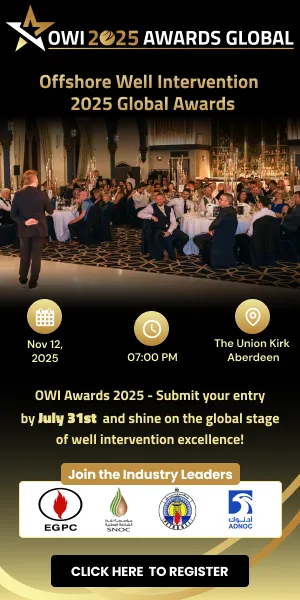The 49th edition of Middle East Energy opened its doors today at the Dubai World Trade Centre, inviting industry stakeholders to engage in fruitful discussions on the future of energy. The event is taking place from 7-9 April this year.
At the opening ceremony, DEWA CEO HE Saeed Mohammed Al Tayer delivered an address highlighting the UAE's transformative commitment to sustainable energy and climate action.
At the core of his speech was the nation's ambitious vision to revolutionise its energy landscape by transitioning to cleaner, more sustainable power sources.
The speech emphasised the UAE's strategic approach to energy transformation, driven by the leadership of Sheikh Mohammed bin Zayed Al Nahyan and Sheikh Mohammed bin Rashid Al Maktoum. Currently, the UAE has already established 6 GW of renewable energy and 5.6 GW of nuclear power, with a bold target to reach 20 GW of green energy by 2030.
Key highlights include the UAE's Energy Strategy 2050, which sets aggressive targets for renewable capacity, energy efficiency, and clean energy integration. The strategy aims to increase clean energy's share in the total energy mix to 30% by 2030 and reduce carbon emissions significantly.
A groundbreaking initiative is the National Hydrogen Strategy, positioning the UAE as a global leader in low-carbon hydrogen production. The country plans to produce 1.4 million metric tons of mixed blue, green, and pink hydrogen by 2031, scaling up to 15 million metric tons by 2050.
"We believe in innovation and partnerships as a key force to achieve our shared vision for tomorrow," he concluded.
World leaders address the gathering
Later at the ceremony, HE Nani Juwara, Minister of Petroleum and Energy of The Gambia, highlighted his country's ambitious energy transformation journey.
The Gambia has completed its first 225 kV transmission line, inaugurated a national Control Center, and launched a 23 MW utility-scale solar project with an 8 MW battery system.
Their vision is to provide universal electricity access by 2026, currently reaching 645 out of 1900 communities. The country is actively pursuing renewable energy development, including a 150 MW solar park and plans to expand to 250 MW.
They are also solarising 1000 schools and public health facilities, demonstrating a commitment to sustainable infrastructure and technological innovation.
Ziad-Alexandre Hayek, president of the World Association of PPP Units and Professionals and vice chair of the Working Party on PPP at the United Nations, emphasised the critical role of public-private partnerships (PPPs) in technological innovation.
He argued that technology alone is insufficient to meet global challenges, and only through synergistic collaboration between public vision and private ingenuity can technological innovations achieve their full potential.
Hayek stressed the importance of flexible partnership frameworks that balance stability with adaptability, incorporate performance metrics that reward innovation, and maintain a focus on public benefit.
Mohamed Ouhmed, secretary-general, Department of Energy Transition, at Morocco’s Ministry of Energy Transition and Sustainable Development, highlighted the UAE-Moroccan strategic partnerships.
He also spoke of the Moroccan climate efforts as they have adopted several programmes to accelerate energy transition, and want to triple renewable energy investment and quadruple the adaptability of electric goods. He emphasises the need for PPPs for this purpose.
Lastly, Francesco La Camera, director-general of IRENA (International Renewable Energy Agency), highlighted the organisation's commitment to innovation, showcasing their Innovation Week 2025 and the New Generation Renewable Energy Accelerator Programme.
He emphasised the need to accelerate renewable energy deployment to meet global climate targets, supporting young innovators and entrepreneurs in sustainable energy solutions.







